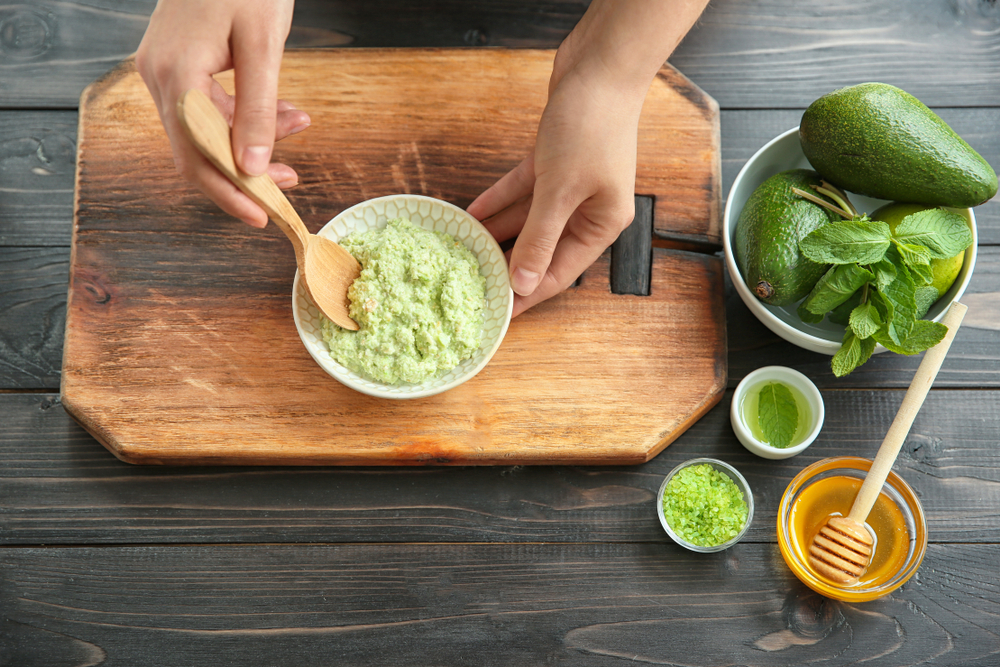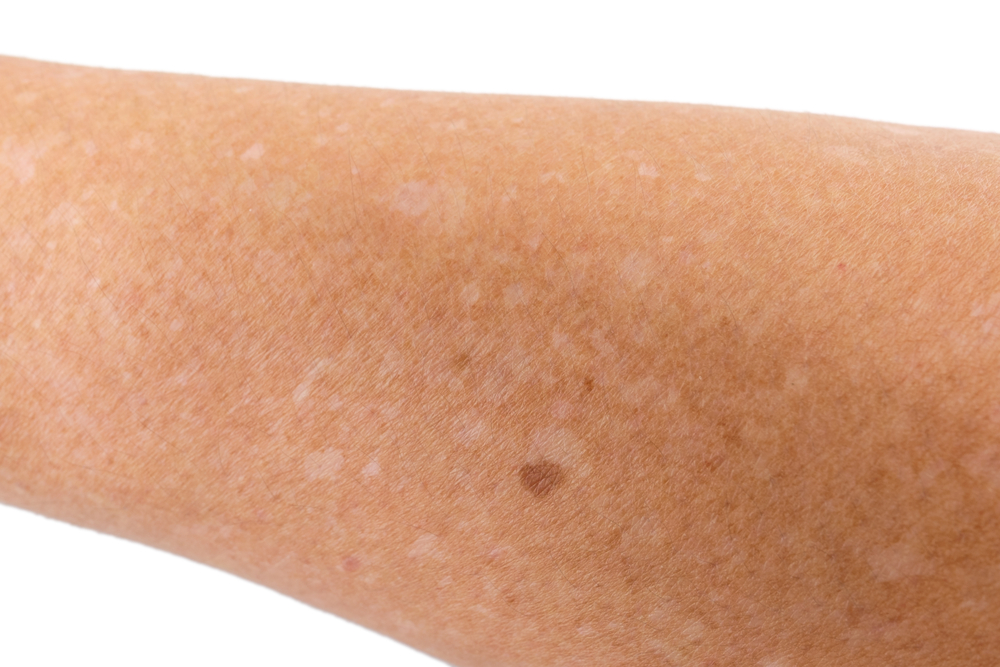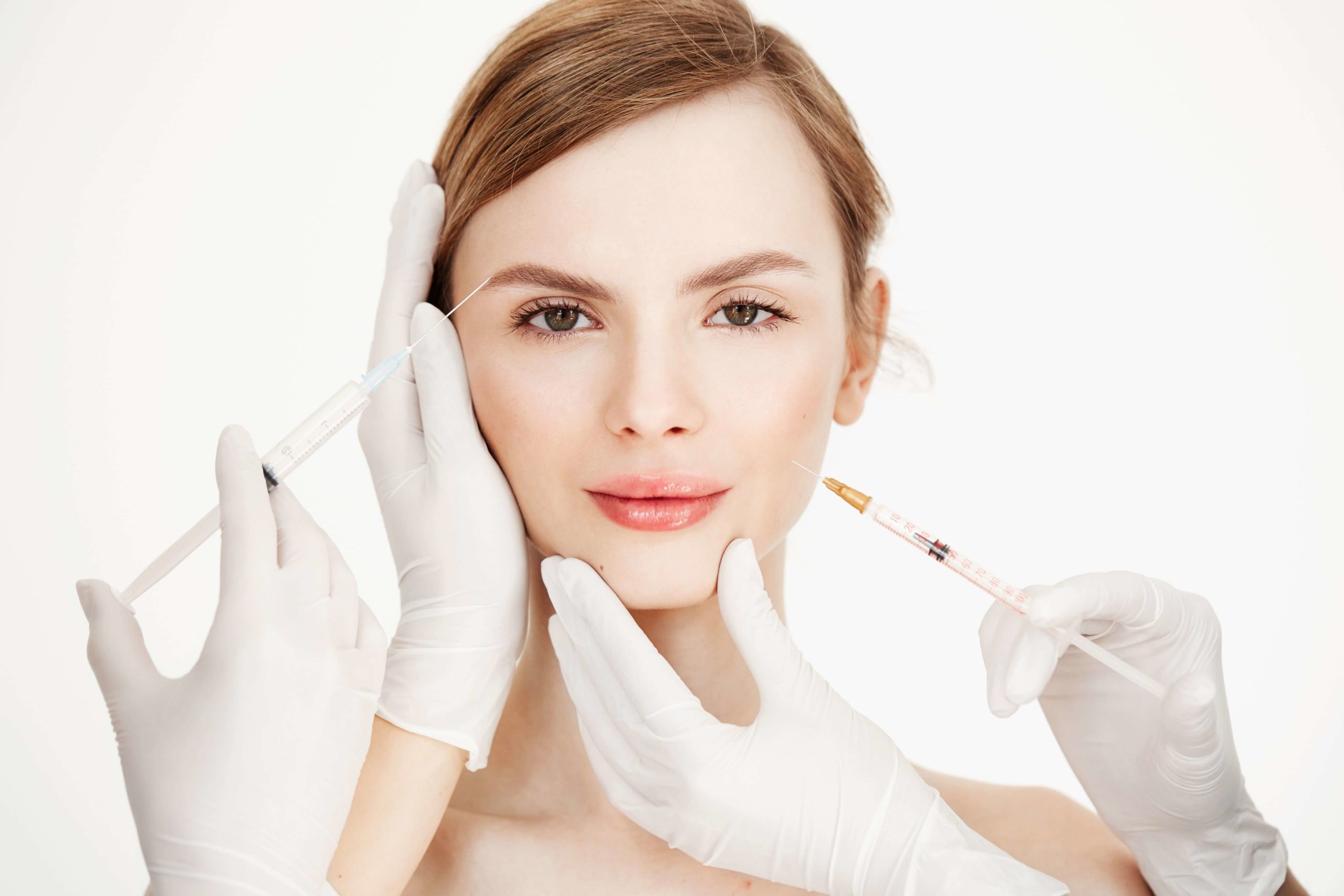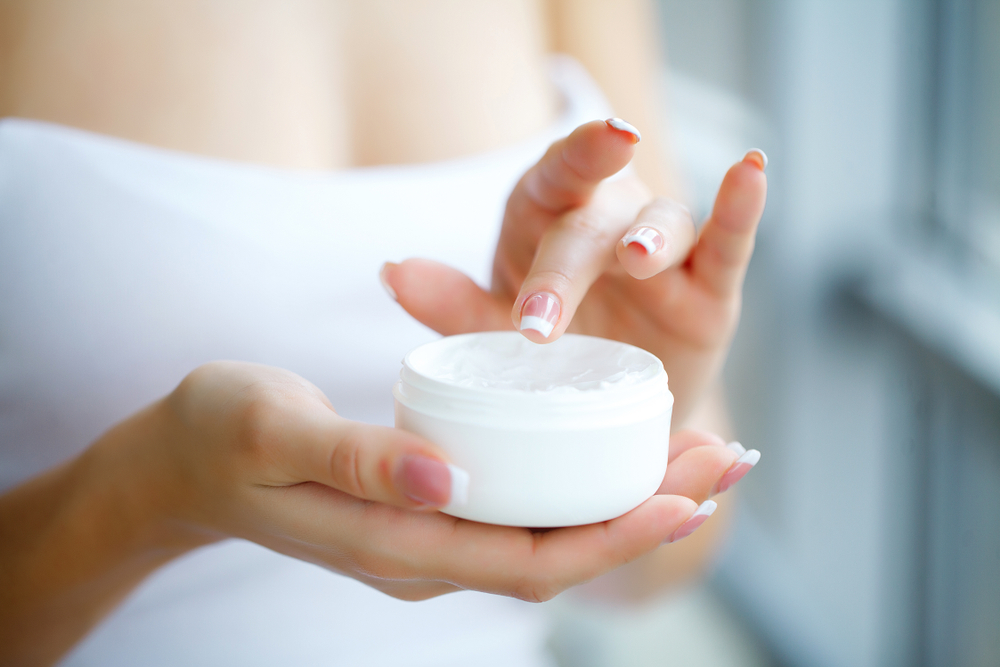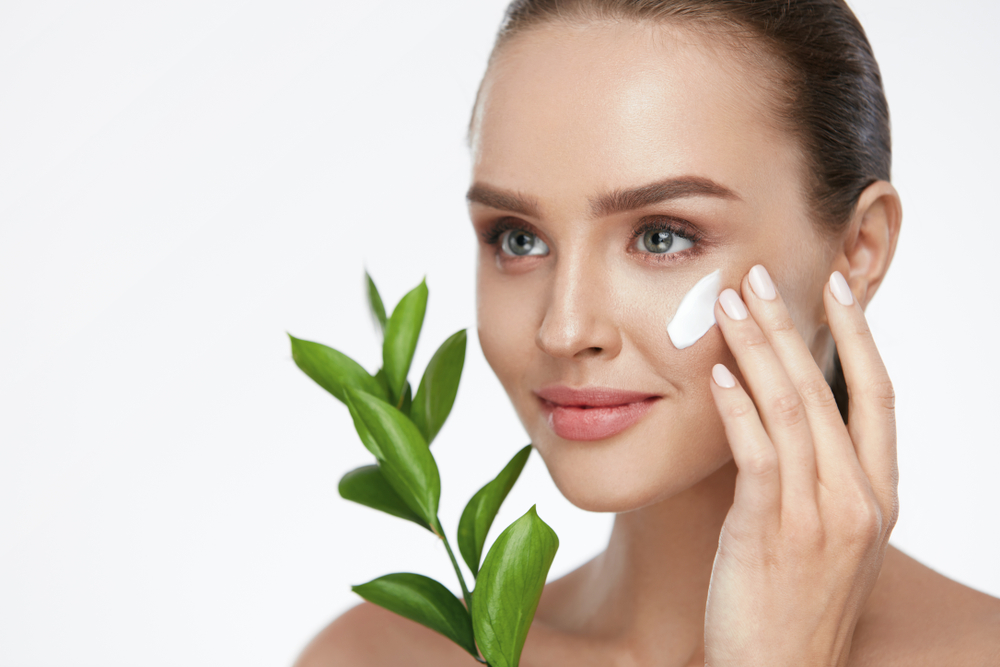- Certain types of skin products can easily be made at home, while others are best left to professionals.
- Your dermatologist may be able to recommend some safe and effective recipes.
- Most DIY skin care requires ingredients from your pantry, some know-how, and a little imagination.
There are many benefits to making your own skin care products.
It allows you to avoid allergens, spend less money on your skin, and tailor products to your specific needs. Does that moisturizer make your oily skin worse? No problem. You can adjust the recipe until it leaves your skin feeling perfect.
An increasing number of people are also turning to homemade, vegan beauty products for ethical reasons. Skincare brands often perform tests on animals — by taking matters into your own hands, you can rest assured that the final product will be cruelty-free and 100% natural.
Though making your own skin care products may seem like a piece of cake, you’ll want to educate yourself about certain ingredients and practices before diving in. After all, your skin — especially the skin on your face — is sensitive, so you should plan your approach wisely.
What types of beauty products can I make at home?
You can make a wide variety of skincare products at home. Some are extremely straightforward and easy, while others require a little more effort.
The following are some of the more popular skincare products among DIYers.
Moisturizers
A good moisturizer is the bread and butter of your natural skincare cabinet. Store-bought moisturizers are often rife with chemical ingredients that you might be trying to avoid. A homemade moisturizer, on the other hand, is easy to make with ingredients you probably already have.
It’s also easy to get creative with homemade moisturizers. Ron Robinson, cosmetic chemist and founder of BeautyStat.com, cites creativity as one of the benefits of homemade skincare, noting that it’s a good option “for those who want to customize the scent and texture of the product to suit their tastes.”
Face masks
As with moisturizers, there’s really no downside to homemade facial masks as long as you choose safe and effective ingredients. Also like moisturizers, face masks can be made right in your own kitchen and tend to be less expensive than store-bought alternatives.
Scrubs
Scrubs exfoliate the skin on the face by rubbing away dead skin cells. As such, they require slightly more abrasive ingredients, like sugar or sea salt.
In general, there’s nothing to worry about, but be careful not to make your scrub too abrasive. If a homemade scrub is irritating your skin, you’re probably better off buying one at the store.
Peels
Like scrubs, peels run the risk of irritating your skin. After all, a true chemical peel literally burns away the top layer of your skin to expose new skin underneath.
Any peel you attempt to make at home will use far less caustic ingredients than the harsh chemicals found in store-bought peels. But there’s still a risk you could be doing more harm than good, especially if you use too much of the active ingredient.
A homemade peel will be significantly less expensive — but also less effective than one applied by a professional.
Acne cream
Serious acne treatments aren’t cheap, so this is a particularly appealing DIY option, since homemade acne treatments are way less expensive. They’re also easy to make.
While some people argue that these treatments may be less effective than the “real” thing, others, like Rebecca Lee, a registered nurse and founder of Remedies For Me, are enthusiastic proponents. According to Lee, a handful of natural ingredients — including tea tree oil, zinc, and honey — are clinically proven to be effective against acne.
Don’t try these at home!
Of course, there are some skin products that are best left to the experts.
Sunscreen in particular, though it’s found its way into the hearts of many DIYers, is not something you want to make at home. Homemade sunscreen is untested, so there’s no way to be sure how effective your formula is.
TopLineMD dermatologist Dr. Marianna Blyumin-Karasik warns that otherwise safe ingredients, like zinc, may not irritate the skin, “but the level of protection is questionable and could put individuals at risk for sunburn and skin cancer.”
Other less dangerous but equally ineffective DIY recipes include wrinkle creams and other anti-aging products.
Robinson notes that, just as with sunscreen, “Some ingredients may not always be accessible, and individuals may not have the knowledge or equipment to formulate these types of products.”
In short, stick to the basics and leave the advanced skin protection and beauty treatments to the experts.
DIY skin care best practices
Now that we know what types of skin products you can safely make at home, let’s take a look at some homemade skincare tips and tricks that will ensure the best possible results.
1. Remember shelf life
Organic products don’t last forever — your homemade alternative likely won’t last nearly as long as its store-bought counterpart. Keep this in mind when making, packaging, and using it.
Products with certain foods, like egg whites and dairy, shouldn’t be saved at all. Make a one-off batch, and throw the rest away. As for other products, always smell them before you use them. A bad smell is a sign that your product is no longer good.
2. Store your product correctly
When storing your product for future use, keep three things in mind: avoid light, avoid water, and avoid fingers.
Light will shorten its shelf life. Water is a breeding ground for bacteria, which will also cause the product to go bad. Finally, the more you touch the product, the more contaminants you can potentially introduce, affecting both its shelf life and its effectiveness.
If possible, use a dispensing bottle so that the only thing you touch is the portion of the product you’re about to use anyway. Also, use darker containers, and store them in cool, dry places.
3. Use natural preservatives
If you want to extend something’s shelf life, then try some natural preservatives. Vitamin E and rosemary oil are two antioxidants that can be used to extend shelf life.
You can also try antimicrobials, like honey, to combat the growth of bacteria.
4. Wash your hands before touching
In some cases, it may be best to administer your product using a cotton ball or cloth. But you may still have to use your hands. In that case, wash your hands before putting them into the product to avoid contaminating it.
5. Look to your kitchen for guidance
According to Robinson, you should look no further than your kitchen for the best and most readily available ingredients. And that’s not just for egg whites and cucumber. Robinson also lists macadamia oil, coconut oil, and even olive oil as effective ingredients.
6. Use abrasive ingredients sparingly
Some websites recommend lemon and apple cider vinegar for peels, and sugar or sea salt for scrubs. These can be effective ingredients, but in large quantities they can also damage your skin.
When it comes to making more abrasive skin care products, be conservative about how much of the key ingredient you use and how often you use it. Dr. Blyumin-Karasik says you should entirely avoid apple cider vinegar and tea tree oil if you have sensitive skin or if you’re planning to treat sensitive areas.
7. Ingredients aren’t just for wearing
Lee stresses the importance of eating well for healthy skin. “Watch what you eat,” she says. “What you put in your body is just as important as what you put on your body.” You’ll get the best results by combining healthy lifestyle habits with quality DIY skin care.
8. Get help from an expert
Before you attempt any kind of DIY skincare, it’s essential that you learn the ropes. Educate yourself about ingredients and risks.
Dr. Blyumin-Karasik urges people to consult a dermatologist: “If a person creates DIY skin care products and uses them while understanding their skin type — with the guidance of a skin expert — then it could benefit their skin.”
Recommended at-home skin product recipes
The following recipes come recommended from health and beauty experts, but don’t feel constrained by what you see here — the list of potential skin care recipes is limited only by your imagination.
Instead, use these recipes as a starting point. And remember not to use any ingredients that you haven’t thoroughly investigated or discussed with your dermatologist.
Oatmeal, Honey, Yogurt and Avocado Moisturizing Face Mask
(From Dr. Marianna Blyumin-Karasik)
Ingredients:
- ½ ripe avocado
- ½ cup oatmeal
- 1 Tbsp Greek yogurt (plain)
- 1 tsp honey
Cook the oatmeal, and mash the avocado. Mix the two together until they form a smooth paste. Add the Greek yogurt and honey and mix some more. Dr. Blyumin-Karasik recommends pure wildflower honey.
Apply the paste to your skin, avoiding sensitive areas like the eyes and mouth, and leave it there for 15 minutes or until it’s completely dried. Rinse it off with lukewarm water, and pat your face dry with a clean towel.
Dr. Blyumin-Karasik suggests using this mixture sparingly until you’re sure your skin can tolerate it. If it causes no reaction, then feel free to do it multiple times each week to moisturize your skin and repair damage.
Papaya, Honey, Lemon and Oil Face Mask
(From Rebecca Lee, Registered Nurse)
Ingredients:
- 2 Tbsp mashed papaya
- 1 tsp honey (raw)
- 1 tsp lemon juice
- 1 tsp coconut oil or olive oil
Mix all of the ingredients together until they form a paste. Spread the paste on your face, avoiding the eyes, mouth, and eyebrows, and let it sit for 10–15 minutes. Rinse it off with warm, not hot, water.
Green Tea, Honey, Lemon, Sugar Scrub and Mask
(From Rebecca Lee, Registered Nurse)
Ingredients:
- 1 Tbsp green tea
- 1 Tbsp honey (raw)
- 1 tsp lemon juice
- 3 tsps sugar (white or brown)
Combine the ingredients and mix them into a paste. For a minute or two, in gentle circular motions rub the paste onto your face, avoiding sensitive areas. Then leave the mask in place for 10–15 minutes before rinsing it off with warm water.
Lee recommends using brown sugar in the mask, but either brown or white sugar will have exfoliating benefits.
Baking Soda, Honey, Oil Scrub and Mask
(From Rebecca Lee, Registered Nurse)
Ingredients:
- 1 tsp baking soda
- 1 tsp honey (raw)
- 1 tsp coconut or olive oil
Just as with the previous recipe, mix all of the ingredients into a paste and then gently rub it into the skin for a minute or two, using slow, circular motions. Leave the paste on for 10–15 minutes, then rinse and dry.
Simple Face and Eye Masks
(From Ron Robinson, Cosmetic Chemist)
Ingredients:
- Avocado
- Cucumber
Clearly, Robinson is a purist. Simply mash the avocado and apply it to your face. Let it sit for half an hour. At the same time, or separately, slice the cucumber into discs. Place a cucumber disk over each eye to reduce inflammation and swelling.
When to see a doctor
There are times when homemade skin care products aren’t going to cut it. In those cases, you’ll want to splurge on store-bought skincare products or consult a dermatologist.
Certain skin conditions require highly specialized treatments, and DIY products may make them worse. Always talk to a dermatologist about any rashes, hives, burns, or other abnormal skin problems before attempting to treat them yourself.
Even if you find remedies for your eczema or psoriasis online, it’s better to get a medical opinion before trying them out so that you can separate the beneficial treatments from the harmful ones.
Along these same lines, contact your dermatologist if you notice any changes after having used a DIY skin care product. This includes basic rashes and itchy, dry skin. It also includes any signs of infection, which may happen if a contaminated product comes into contact with an open wound. Some symptoms of infection include red streaks, inflammation, and pus.
Finally, keep an eye out for any allergic reactions. Skin reactions typically present in one of two ways:
- Irritant contact dermatitis — The skin itself is damaged. Symptoms include burning, stinging, itchiness, redness, and possibly blisters at and around the site of contact.
- Allergic contact dermatitis — The immune system is affected, making the reaction less localized. Symptoms include redness, swelling, hives, and itchiness.
Keep track of all of the ingredients you use to help your dermatologist figure out the source of an allergy in case you have a reaction. Stop using any DIY skincare products until you know what the problem is.
At the same time, don’t let these warnings scare you away from trying homemade products. According to Robinson, “DIY skin care has its place for those who want to have more control over what’s inside their skincare products.”
Just be sure to do your research, and use your dermatologist as a guide.





